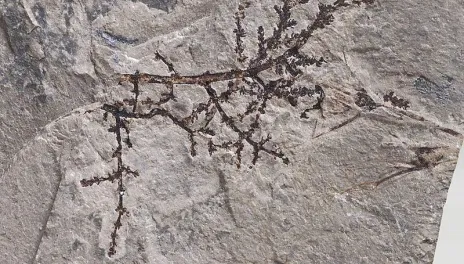What Gives Flowers Their Color? Part 1
By Martha Willand
Flowers first appeared on earth about 130 million years ago, during the Cretaceous period. Fossils indicate the first flowers were without showy petals and lacked ornamentation.

Pollination was mainly dependent on the wind. After 30-40 million years of evolution, some plants began producing flashy petals to attract insects, highly efficient, and more reliable pollinators. The number of flowering plant species on earth swelled - an era known by botanists as the “great radiation.”
But where do these attractive floral colors actually come from?
Flower colors are made of pigments. On a microscopic level, the colors result from the biochemical composition of the petal cells. Plants contain thousands of cells responsible for pigmentation. These cells fall into three main groups: flavonoids, carotenoids, and betalains. Most flower colors come from flavonoids and carotenoids, or a combination of both.
Anthocyanins are a group of flavonoid chemicals. They are responsible for many colors ranging from red to blue, purple, magenta, yellow, and even black and brown.

Many of these chemicals sound similar to the flowers for which they are named, such as Delphinidin, the blue color found in delphiniums. Scientists have identified over 300 anthocyanins.
Carotenoids are terpenoid chemicals responsible for colors ranging from yellow to orange, and red. They include carotene pigments which are commonly found in vegetables and are responsible for making carrots look orange.
Betalains are less common and are primarily found in plants of the Caryophyllales order, which includes dianthus, beets, and cacti. Betalains are responsible for colors ranging from reddish to violet, yellows, and oranges.
In addition to colors, with time, flowers also began producing alluring fragrances, specialized petals, and landing pads to further attract pollinators. While these features ultimately evolved to benefit plants and insects, their beauty and floral scents have drawn admiration and appreciation from humans for millennia.
